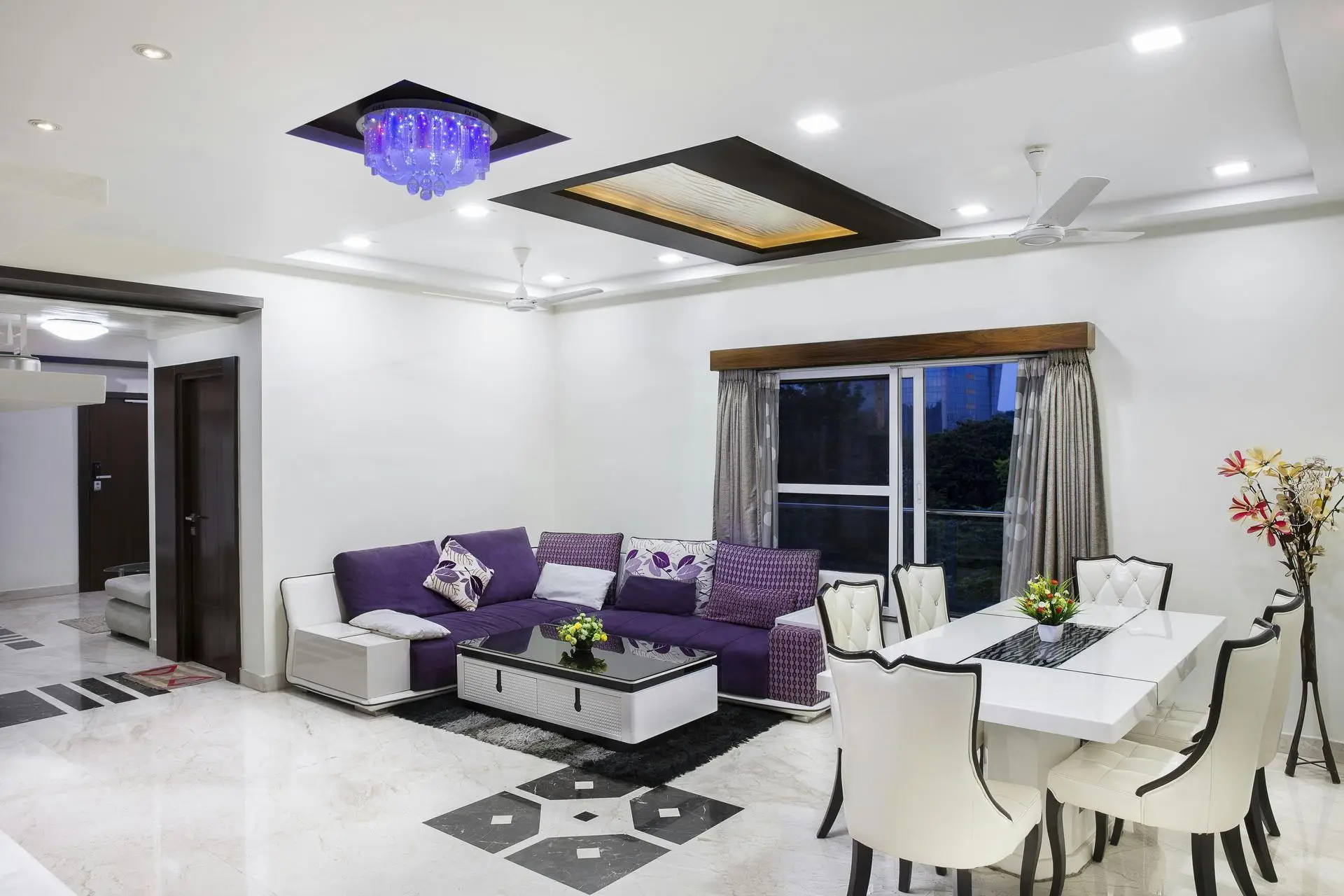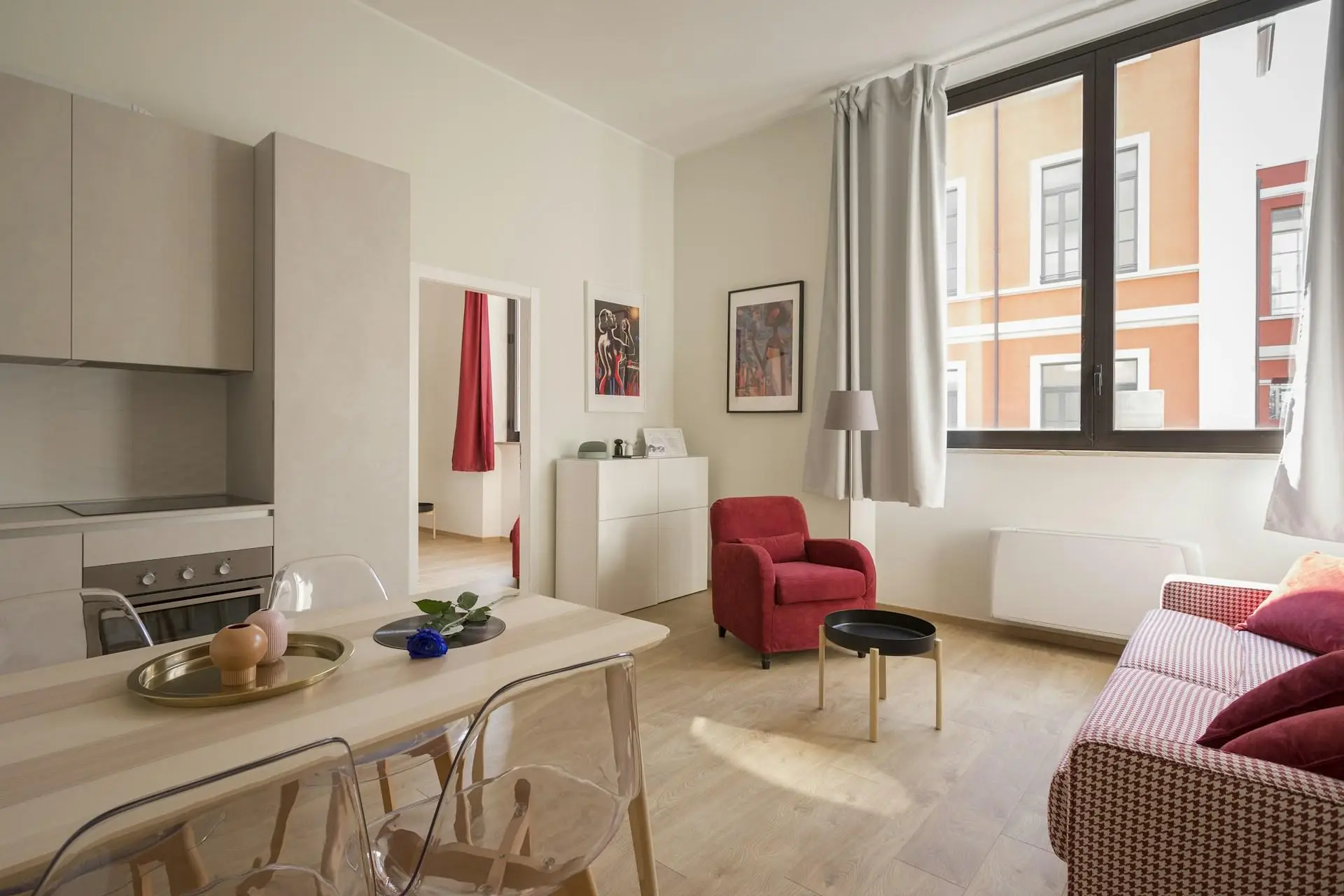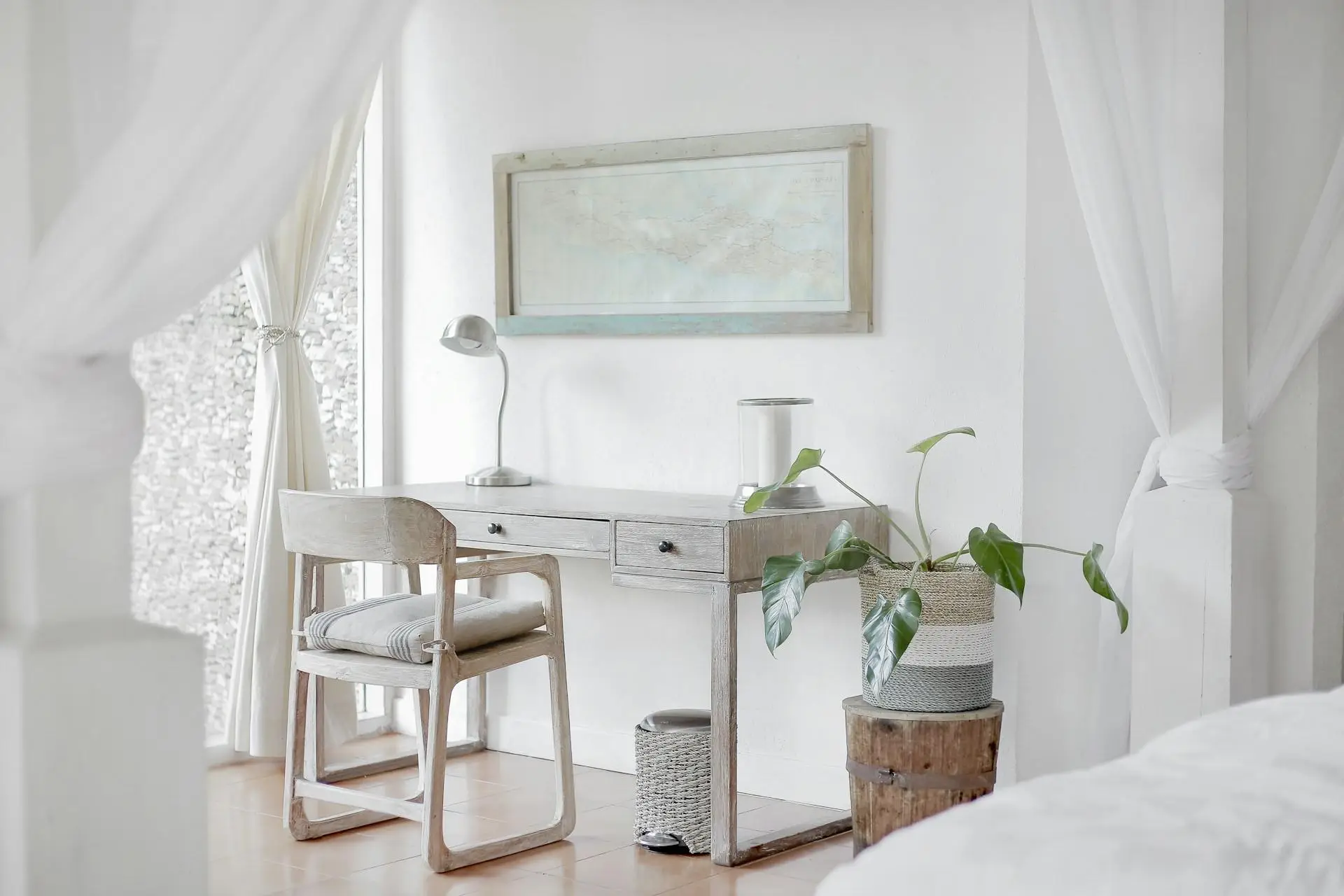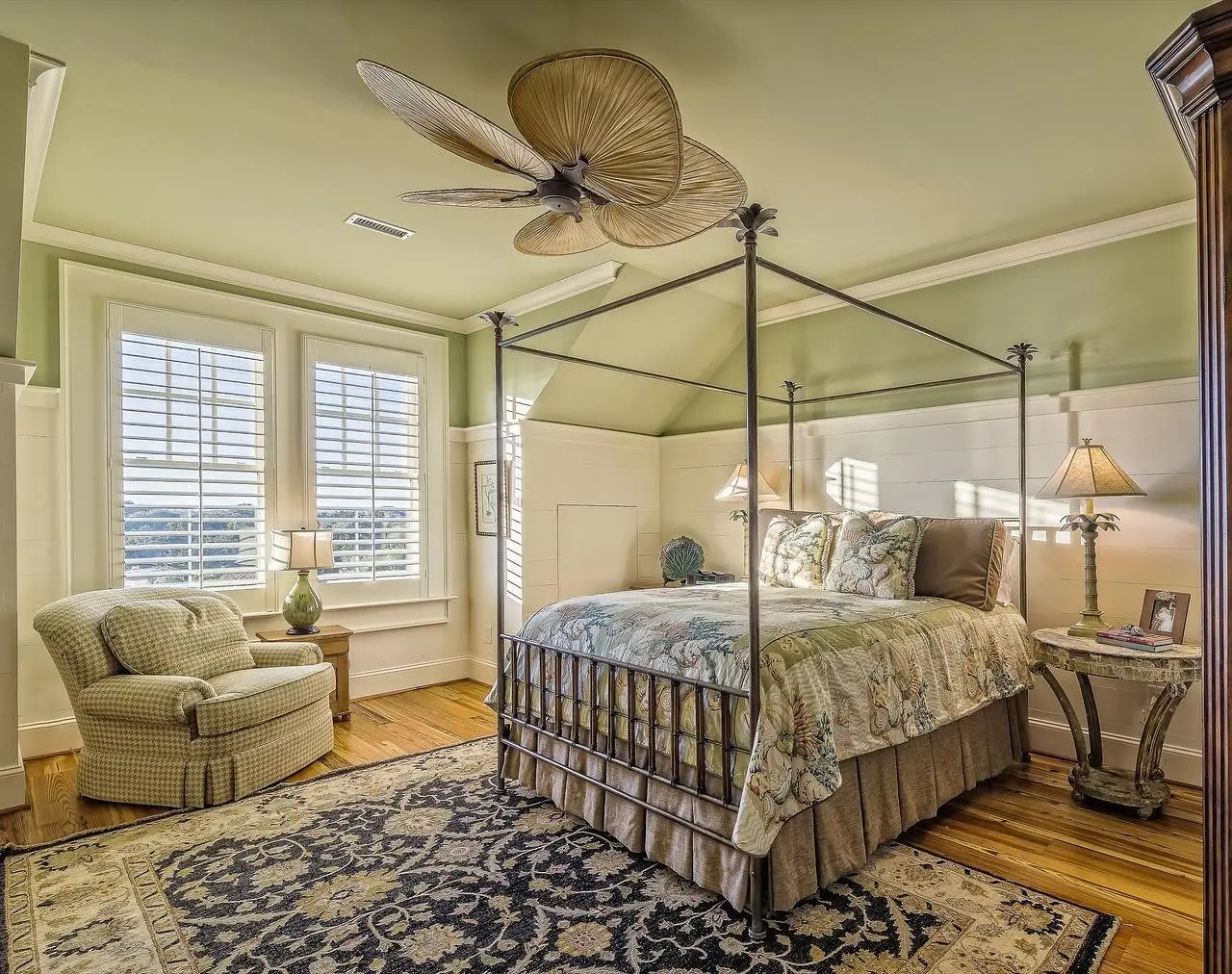Lighting 101: How to Use Lighting to Transform Any Room
Understanding Lighting: Transforming Any Room with Design
Lighting is a fundamental element in interior design that shapes spaces, influences moods, and enhances the overall functionality of a room. The right lighting can dramatically alter the atmosphere, making it feel more inviting or energizing, depending on the desired aesthetic. In this comprehensive guide, explore how to effectively use lighting to transform any room into a beautifully designed space.
The Essential Role of Lighting in Interior Design
Establishing Atmosphere
Lighting plays a pivotal role in establishing the atmosphere of a room. The choice between warm and cool lighting can significantly affect the space's emotional impact. Warm lighting, like that found in incandescent bulbs, tends to create a cozy and inviting ambiance, ideal for living rooms and bedrooms. In contrast, cool lighting, such as LED lights with a higher Kelvin rating, promotes a brighter, more focused environment, perfect for kitchens and workspaces.
Functionality: Balancing Beauty and Purpose
A well-designed space should balance aesthetic appeal with functionality. Lighting must cater to varied tasks, which can be categorized into task lighting and ambient lighting. Task lighting targets specific areas where activities, such as reading or cooking, take place, while ambient lighting fills the room with a soft, even glow. Understanding these two types of lighting ensures every room serves its intended purpose effectively.
Focal Points and Visual Interest
Lighting also creates focal points and adds visual interest to any interior design project. Well-placed accent lighting can highlight artwork, architectural details, or beautiful furniture pieces. Utilizing layered lighting techniques promotes depth and dimension, making spaces feel more inviting and polished.
Types of Lighting: A Foundation for Design
Ambient Lighting: Setting the Stage
Ambient lighting serves as the foundation of any lighting design. It provides the general illumination that allows occupants to navigate the space safely. Common sources of ambient light include ceiling fixtures, chandeliers, and natural daylight streaming through windows. This type of lighting ensures that the room is well-lit without overwhelming occupants.
Task Lighting: Illuminating Specifics
Task lighting focuses on enhancing visibility in particular areas where tasks are performed. Key fixtures such as table lamps, under-cabinet lights, and desk lamps can effectively support activities ranging from reading to cooking. Choosing the right task lighting helps improve productivity and comfort within designated spaces.
Accent Lighting: Adding the Finishing Touch
Accent lighting plays a crucial role in highlighting features and adding character to a room. This type includes sources like track lighting, wall sconces, and picture lights. By strategically placing accent lights, designers can draw attention to specific artworks or architectural elements, elevating the space's overall design.
Strategies to Enhance Lighting Design Effectively
Embracing a Layered Lighting Approach
A layered lighting strategy combines ambient, task, and accent lighting to create a well-rounded lighting design that adapts to various activities and moods. This method not only provides adequate illumination but also adds complexity to the overall aesthetic. By employing a layered approach, designers can avoid overly bright or dim spaces while enhancing comfort and style.
Choosing the Right Fixtures: Aesthetic Harmony
Selecting the right lighting fixtures is critical to complement the overall interior design theme. Styles, finishes, and materials should align with the existing decor, whether it be modern, rustic, or traditional. Pay attention to scale and proportion to ensure the lighting enhances rather than overwhelms the space.
The Advantages of Employing Dimming Options
Incorporating dimmers into lighting plans enhances the flexibility of light levels, allowing transformation of a room's atmosphere. Dimming options enable the adaptation of lighting for various occasions, transitioning from bright work environments to tranquil relaxation spaces without complete overhaul.
Fixture Positioning: The Art of Balance
Mastering Light Distribution
Understanding how light distributes throughout a room is essential for effective lighting design. Proper fixture placement can help mitigate shadows and create balance in the space. For example, placing lights at varying heights and positions allows for more cohesive illumination throughout the environment.
Room-Specific Lighting Considerations
Different rooms serve unique purposes, which influences lighting strategies. In kitchens, focused task lighting is crucial for meal preparation, whereas bedrooms benefit from soft, ambient lighting for comfort. Living areas, designed for various activities, should integrate a combination of all types of lighting to accommodate everything from social gatherings to quiet evenings.
Color Temperature and Energy Efficiency in Lighting Design
The Importance of Color Temperature
Color temperature, measured in Kelvin ratings, significantly influences the ambiance and feel of a room. Warmer light (lower Kelvin) creates a welcoming atmosphere, while cooler light is often perceived as cleaner and stimulating. Choosing the appropriate color temperature plays a vital role in interior design, ensuring that spaces feel intentional and resonate with their purpose.
Opting for Energy-Efficient Lighting
Selecting energy-efficient lighting options, such as LED bulbs, not only contributes to sustainability efforts but also results in long-term savings. These eco-friendly choices have a broad range of color temperatures and light qualities, making them suitable for various interior design applications. Investing in energy-efficient products ultimately enhances the sustainability of design projects.
Common Mistakes to Avoid in Lighting Design
Overlooking the Value of Natural Light
Natural light is a potent ally in any interior design project. Underestimating its significance can lead to poorly lit spaces. Techniques like maximizing window exposure, using mirrors to reflect light, and selecting light window treatments can greatly enhance daylight availability, enriching the overall design.
Ignoring the Impact of Ineffective Lighting
The choice of lighting can make or break the effectiveness of a design scheme. Poorly chosen lighting can detract from even the most expertly crafted interior designs. Understanding how lighting interacts with other design elements is crucial for establishing a cohesive look.
Embrace the Transformative Power of Lighting
Ultimately, lighting is more than just a practical aspect of interior design; it is a powerful tool that shapes spaces and experiences. By applying the techniques outlined here, one can harness the full potential of lighting to create beautiful, functional environments that resonate with their intended purpose. Experimenting with various lighting strategies will lead to a greater understanding of how transformative good lighting can be in the world of interior design.
In every design project, the artful integration of lighting offers opportunities to play with textures, colors, and moods. With thoughtful consideration, any room can be transformed into a space that is not only appealing but also inviting and functional.










